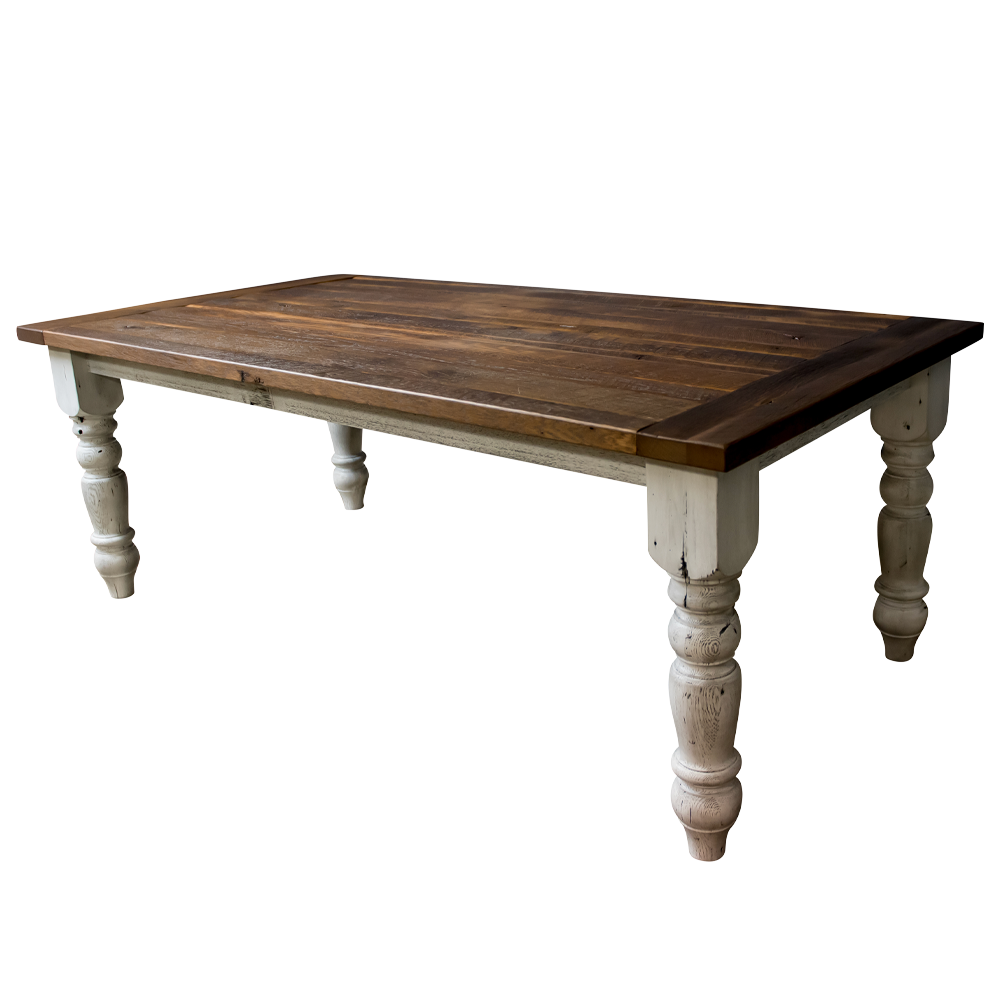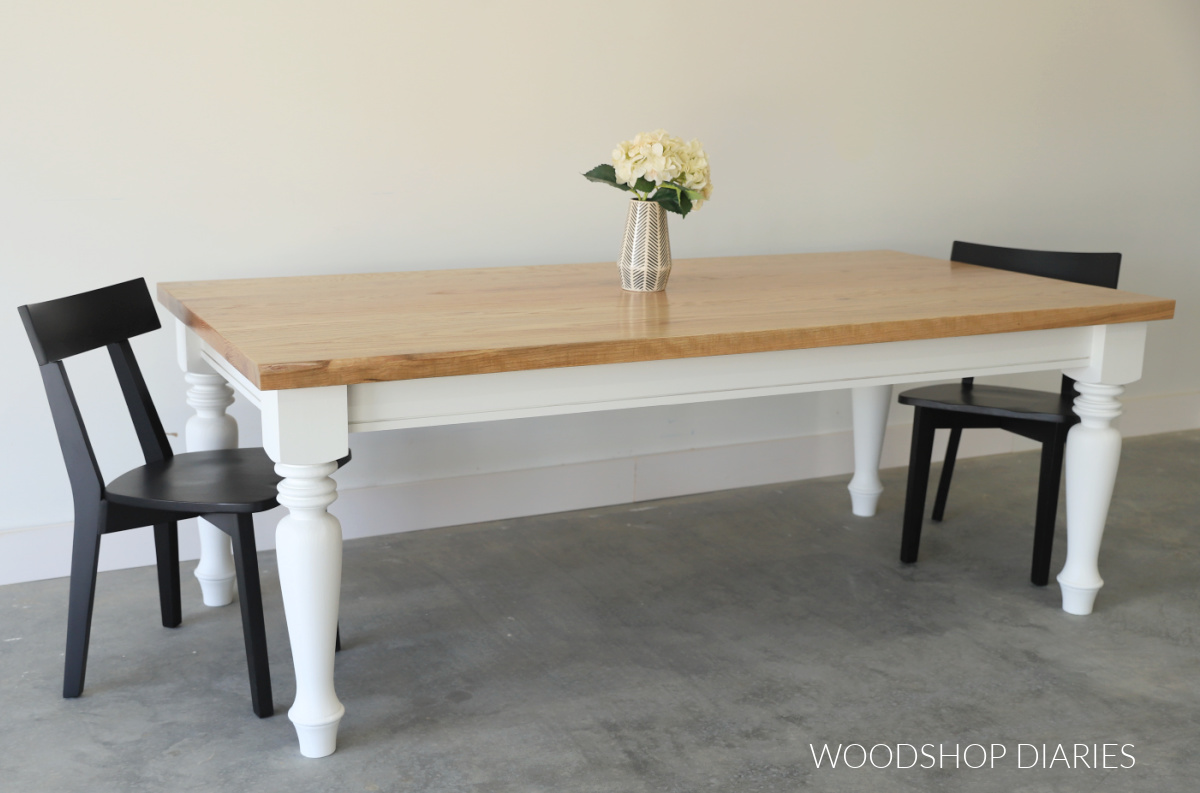Accomplish Modern Sophistication Making Use Of Sleek Dining Table Legs Wood Styles
Accomplish Modern Sophistication Making Use Of Sleek Dining Table Legs Wood Styles
Blog Article
Discovering the Different Kinds Of Eating Table Legs Timber for Your Eating Space
The selection of table legs timber can exceptionally impact both the useful and visual qualities of your dining room. Strong wood alternatives, such as oak and walnut, supply a classic appearance with unmatched toughness, while crafted timber alternatives provide innovative styles that mimic the splendor of all-natural grains. In addition, the expanding fad of recovered timber presents a sustainable aspect that attract environmentally aware customers. As we discover these numerous choices, it ends up being necessary to take into consideration not only the aesthetic appeal yet also the practical effects of each product selection. What aspects should direct your choice?
Solid Timber Options

Furthermore, strong wood is renowned for its stamina and long life. Unlike engineered materials, solid wood is much less vulnerable to bending and damages in time when appropriately maintained. This makes it an ideal selection for families or those who frequently hold celebrations. Each piece of strong timber is unique, showcasing individual attributes that include to the charm and character of the table.
In addition, solid timber can be ended up in many ways, ranging from natural oils to stained surfaces, enabling property owners to customize their furnishings to match their style. In recap, selecting strong wood for dining table legs not just makes sure structural integrity yet additionally improves the visual appeal of the dining location, making it a worthwhile financial investment for any type of home.
Engineered Timber Alternatives

Plywood, created from several layers of wood veneer, is steady and especially strong, making it a superb choice for eating table legs. Its layered composition allows it to hold up against adjustments in moisture and temperature level better than conventional solid timber. MDF, on the various other hand, supplies a smooth surface for painting or veneering, enabling developers to achieve a polished look while keeping structural integrity.
Particleboard, typically utilized in budget-friendly options, supplies respectable stamina and is lightweight, making it much easier to handle. It may not be as long lasting as plywood or MDF. It is vital to think about the intended usage and wanted visual when choosing engineered timber alternatives. These products not only improve the functionality of eating spaces yet also enable better layout adaptability, ensuring that modern and conventional styles can coexist harmoniously.
Reclaimed Wood Includes
Recovered timber uses a distinct mix of sustainability and character, making it an increasingly preferred selection for eating table legs. Sourced from old barns, manufacturing facilities, and other structures, recovered wood personifies a history that new materials just can not replicate. Each item brings its very own tale, marked by distinct flaws, knots, click for info and differing grain patterns, which add to a table's special aesthetic appeal.
In addition to its aesthetic beauty, redeemed wood is an eco friendly option. By repurposing formerly utilized products, it decreases the need for brand-new lumber, hence assisting to preserve woodlands and minimize waste. This lines up with an expanding customer choice for lasting techniques in furniture.
Moreover, reclaimed timber is typically extra durable than freshly collected timber due to its age. The all-natural drying process that reclaimed timber undergoes results in a denser and stronger material, making it much less vulnerable to warping and splitting. This enhances the longevity of dining tables, allowing them to withstand the roughness of everyday usage.
Softwood vs. Wood
When selecting eating table legs, recognizing the differences in between softwood and hardwood is important for attaining both aesthetic and useful objectives. They generally show a more rustic look, making them suitable for informal or country-style dining areas.
On the various other hand, woods, sourced from deciduous trees like oak, maple, and cherry, are renowned for their thickness, strength, and sturdiness. The intricate grain patterns and abundant shades of hardwoods give a classic and advanced allure, making them optimal for formal dining settings. While woods often tend to be more costly and heavier, their durability against deterioration typically warrants the financial investment.
Eventually, the selection in between softwood and hardwood for eating table legs should align with your design use this link vision, use needs, and spending plan, ensuring that your dining space mirrors your personal design while staying functional with time.

Surfaces and Treatments
The aesthetic charm and longevity of dining table legs can be dramatically enhanced via numerous coatings and treatments. These processes not just safeguard the wood from damage but also elevate its look, allowing it to match varied interior styles.
One typical therapy is discoloring, which passes through the timber and improves its natural grain while including color. Spots offer a rich, sophisticated appearance, making it possible for homeowners to match their furnishings with existing decor. Conversely, clear finishes such as polyurethane or varnish create a safety layer without changing the timber's initial tone, ensuring longevity versus damage.
Furthermore, all-natural oils, like tung or linseed oil, nourish the wood and offer a refined shine, all while being environment-friendly. These oils allow the surface to breathe, stopping wetness buildup and potential bending.
For those seeking a rustic charm, weathered or distressed finishes can be used to develop an aged look, adding personality to the piece. Ultimately, the choice of surfaces and therapies depends on personal preference, desired aesthetics, and the certain wood type, making it necessary to consider these variables when choosing eating table legs for your space.
Conclusion
Solid woods, engineered options, and reclaimed choices each deal unique benefits, providing to different choices and requirements. Inevitably, the option of timber type need to align with preferred style, sturdiness, and environmental factors to consider, boosting the total eating experience.
The selection of dining table legs timber can exceptionally influence both the aesthetic and useful top qualities of your eating area - Dining Table Legs Wood. Strong timber alternatives, such as oak and walnut, offer a classic appearance with unequaled toughness, while engineered wood alternatives supply ingenious styles that simulate the splendor of all-natural grains. Solid wood offers a classic quality that can raise the overall layout of a dining room. Each piece of solid timber is special, showcasing private characteristics that include to the click reference beauty and personality of the dining table
Furthermore, redeemed timber is commonly extra sturdy than recently harvested timber due to its age.
Report this page